11 Photos of How Hard Housekeeping Was in the Old Days
There was so much work to be done.
Cleaning in the old days was a lot more work than it is today. At our disposal now we have efficient solvents, running water, and long-wearing surfaces. We also have electricity and convenience machines like vacuums and washing machines. Go back even a few generations and keeping the house clean and doing the chores was an all-consuming affair. And, if you had something that prevented you from cleaning your house it could get really hard to clean very quickly. Contrast that with today and most people can catch up on their cleaning in only a day or 2- even after a long period of neglect. Looking back at photos from the first half of the 1900s it’s not hard to see why it was a full time job to keep house.
Clean the Kerosene Lamps
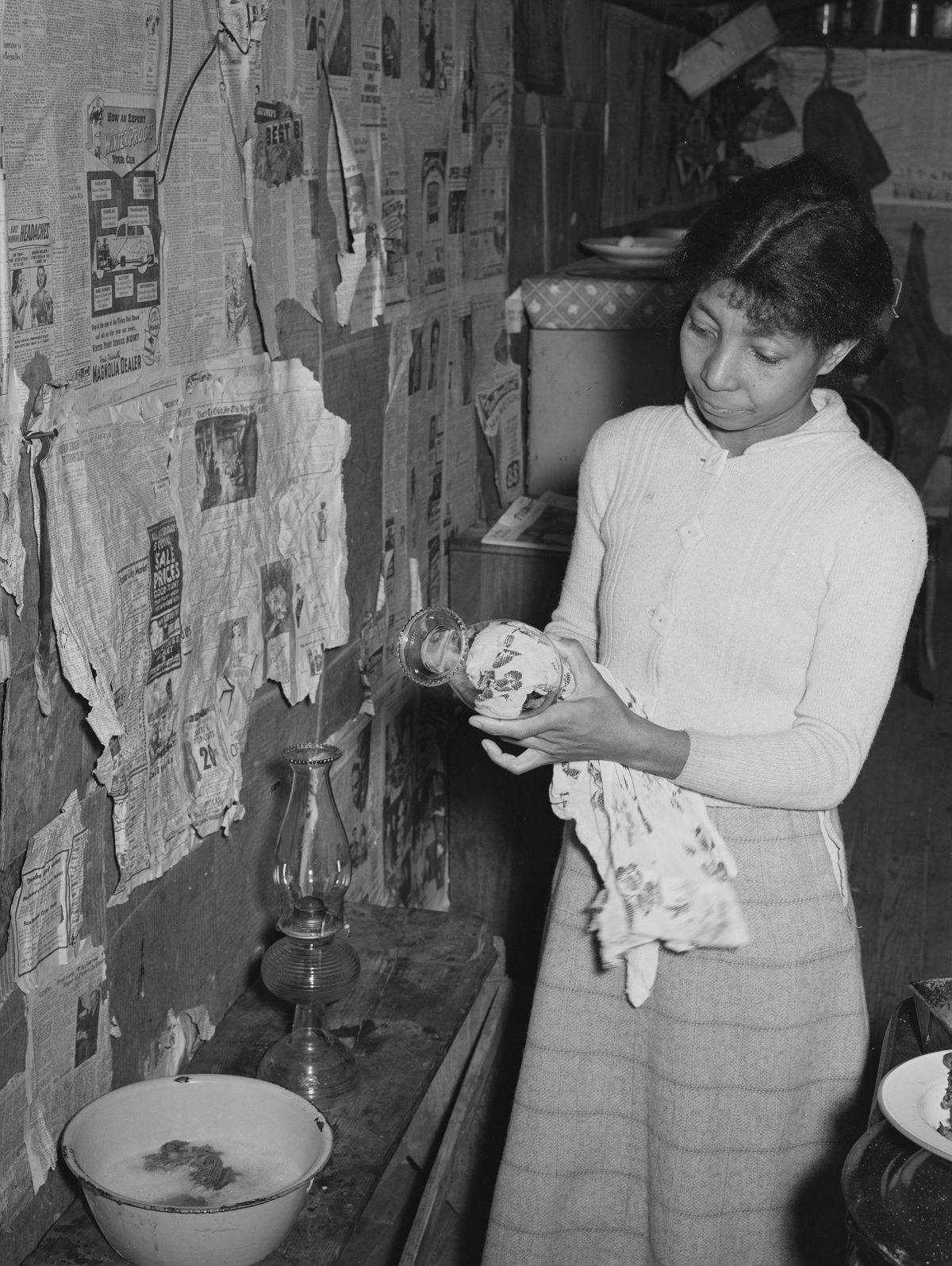
Using kerosene lamps meant regularly giving them a deep clean so that they could function properly. Otherwise the black soot would obscure the precious light. The use of coal, wood burning stoves, and kerosene lamps contributed to the soot and dust in every household. Back then dusting every day (or close to it) was needed to keep things from becoming encrusted with the residues from using these fuels.
No Vacuums

Without vacuum machines, women had to make do with a broom and a dustpan. Hard-to-reach areas were so much easier once vacuums with hand-held attachments came along- not mention that the process kicked up much less dust than a dust pan.
No Sink

Not every home had running water or even a sink area in the kitchen. The wash basin and some buckets were the dishwashing area. Given how hard could be to keep up with the dishes it’s no wonder that the method of simply wiping down cast iron pans was preferable to having to wash other types of cookware.
Sweepers and Dusters
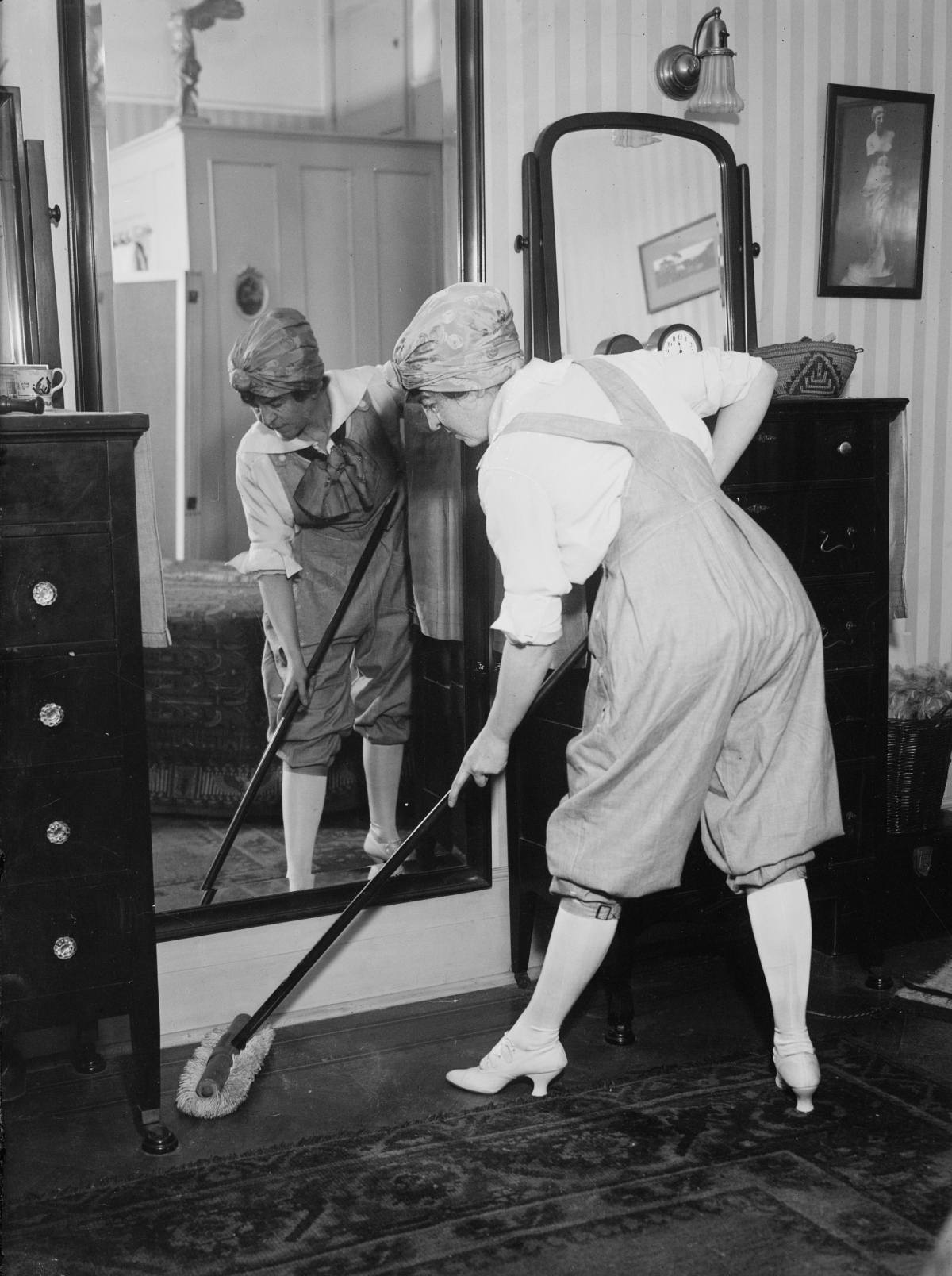
Even though many households didn’t have vacuums until the 1940s or 1950s there were early version of the dry Swiffer in the early 1900s. It’s hard to say how efficient they were, though.
The Laundry Was an Enormous Task
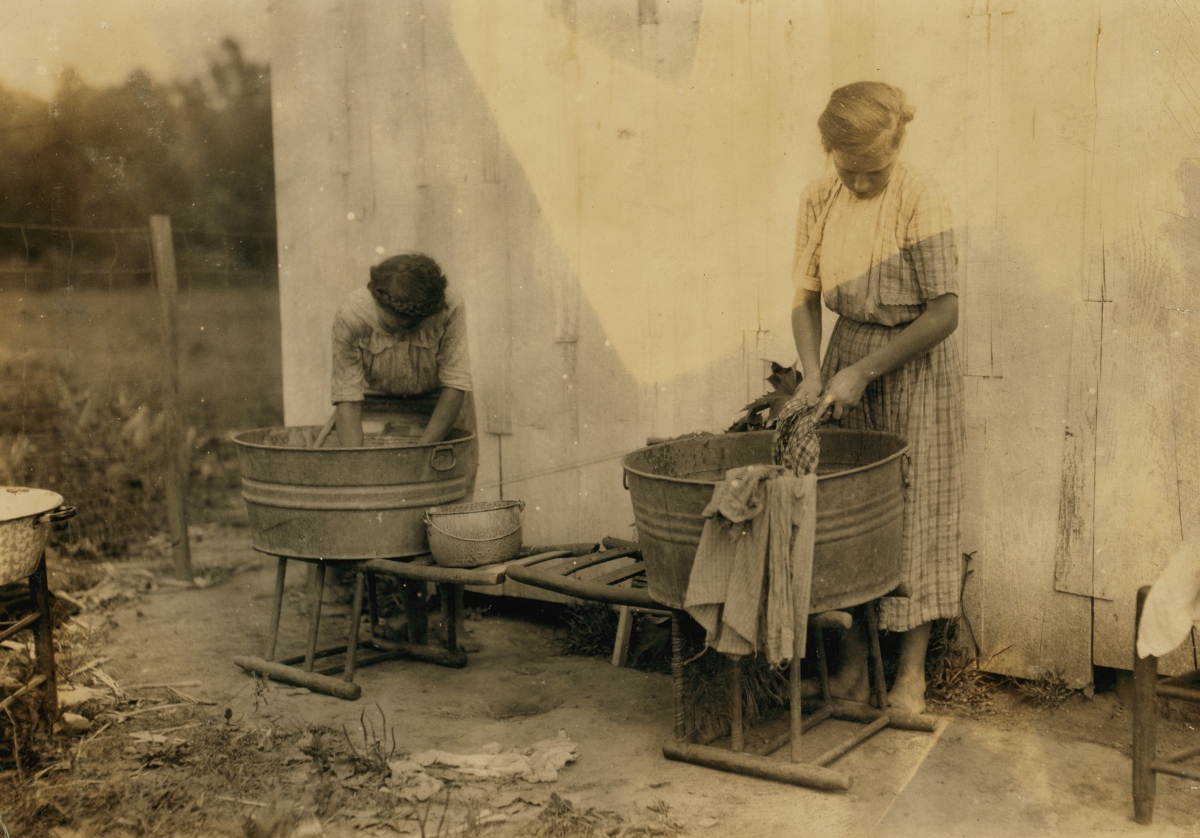
When you think about how long it must have taken to do all the washing in tubs, scrubbing out stains a dirt by hand, it makes sense why you’d want a smaller wardrobe. There’s no way a cleaning regimen like this would be feasible with the amount of clothing we wear today. The task was so arduous that an entire day had to be devoted to it (or more when the task was too large).
Drying the Clothes
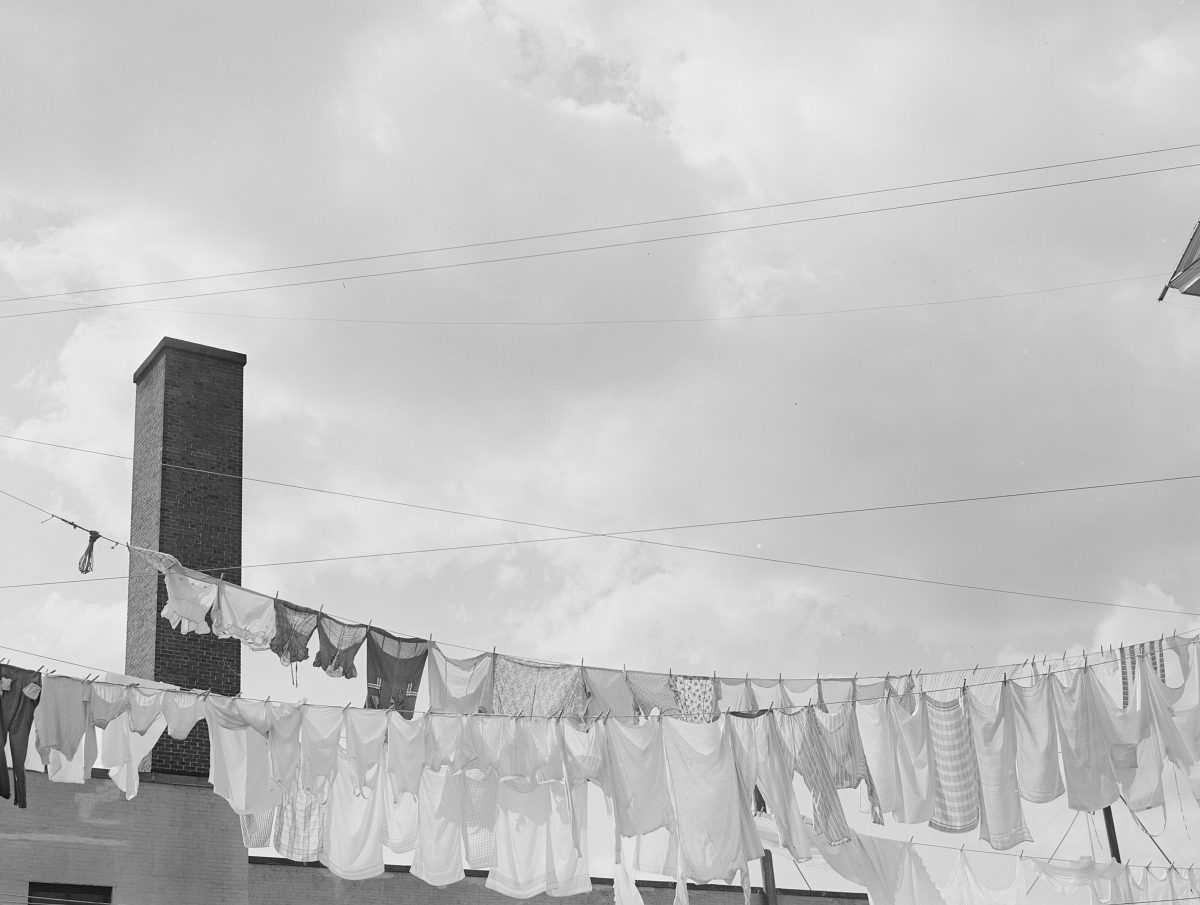
Without a dryer the washing had to be hung out to dry- if the weather was hot or cold, in both the city and the country. On rainy days the clothes had be hung inside where they took forever to dry and risked getting dirty all over again in cramped spaces heated with wood or coal fires.
Airing Out Was an Approved Cleaning Method
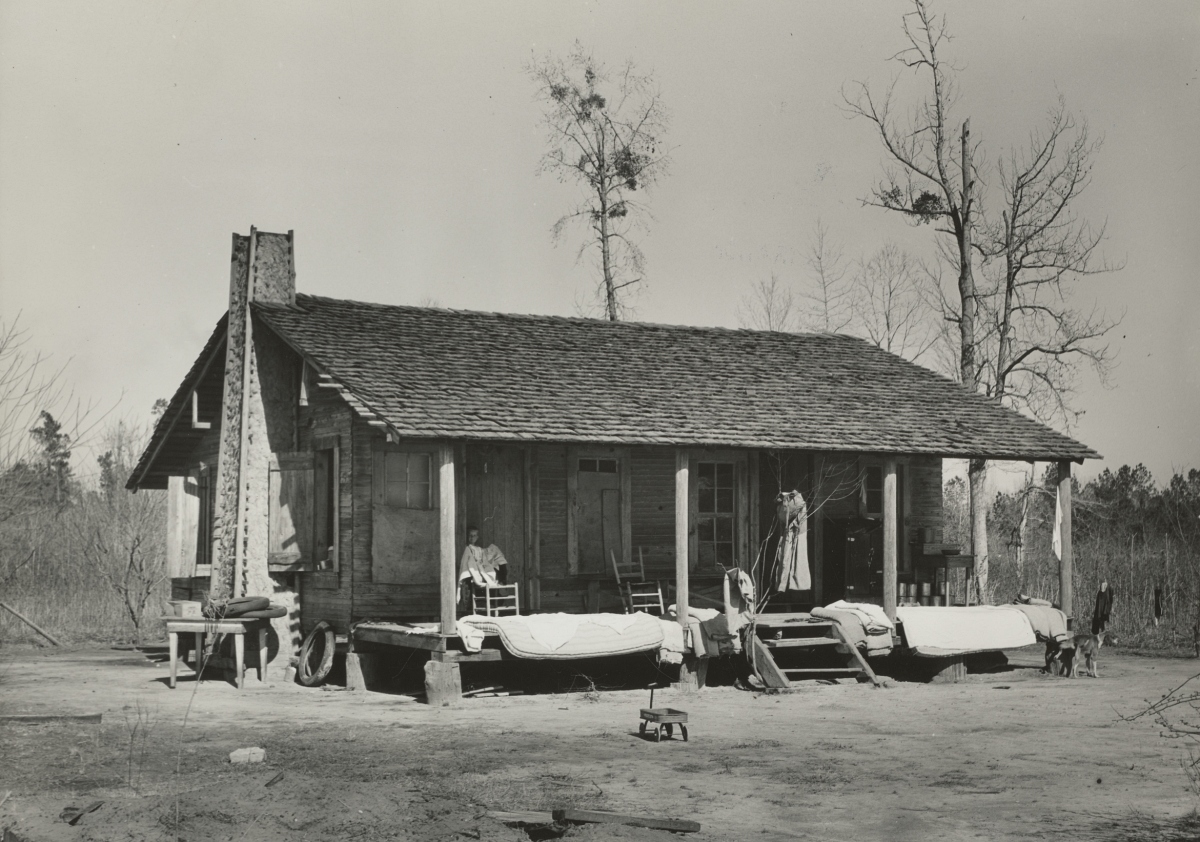
With bedding being washed less often and all that smoke inside the house most people aired out their bedding and mattresses whenever they could. Unlike the unwieldy mattresses of today, back then they were thinner and easier to carry (more like futon mattresses). This was done as part of the normal chores, but also was done at the change of the seasons and if there had been sickness in the house. The UV light from the sun helped to kill microorganisms and lighten the fabric of stains as well.
Gardening Had to Be Started Early
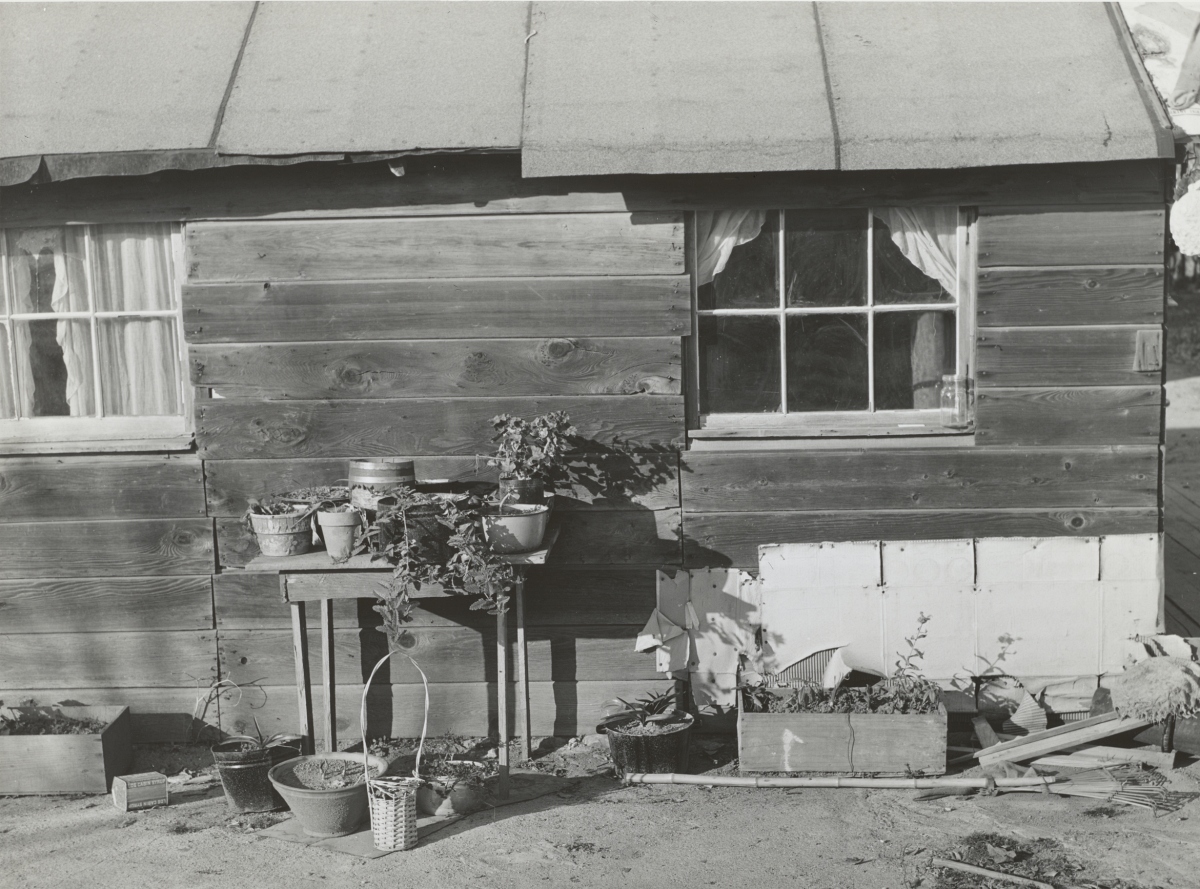
One of the many tasks was to get the garden ready for the growing season. Starting plants from seed was a task undertaken in just about every household with even a small amount of land and when the weather turned warmer the seedlings had to be planted in the ground.
Cleaning Outside
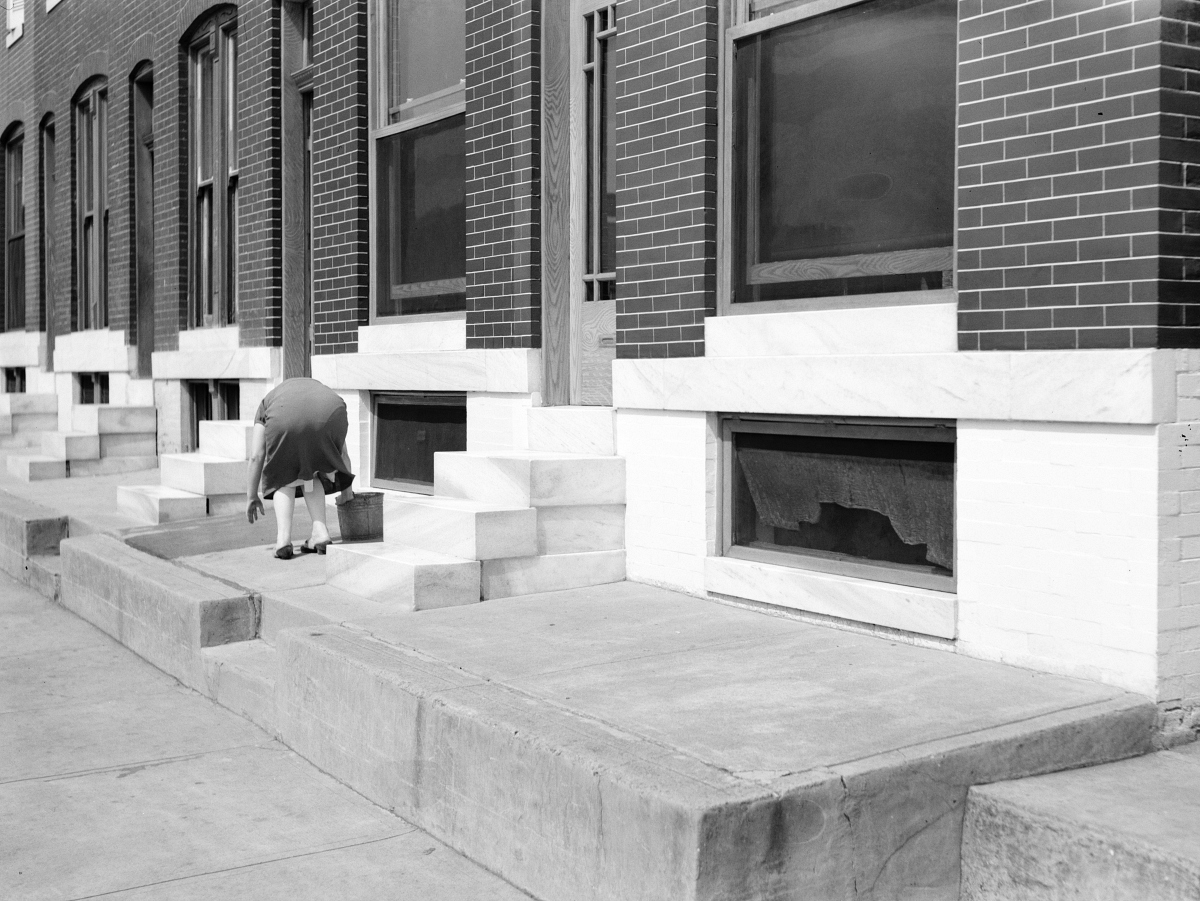
In many urban and suburban areas most women kept their front steps/stoops immaculately clean. It was considered a lapse of one’s duty to let it become dirty and many women cleaned these areas daily.
Throwing Out the Old Water
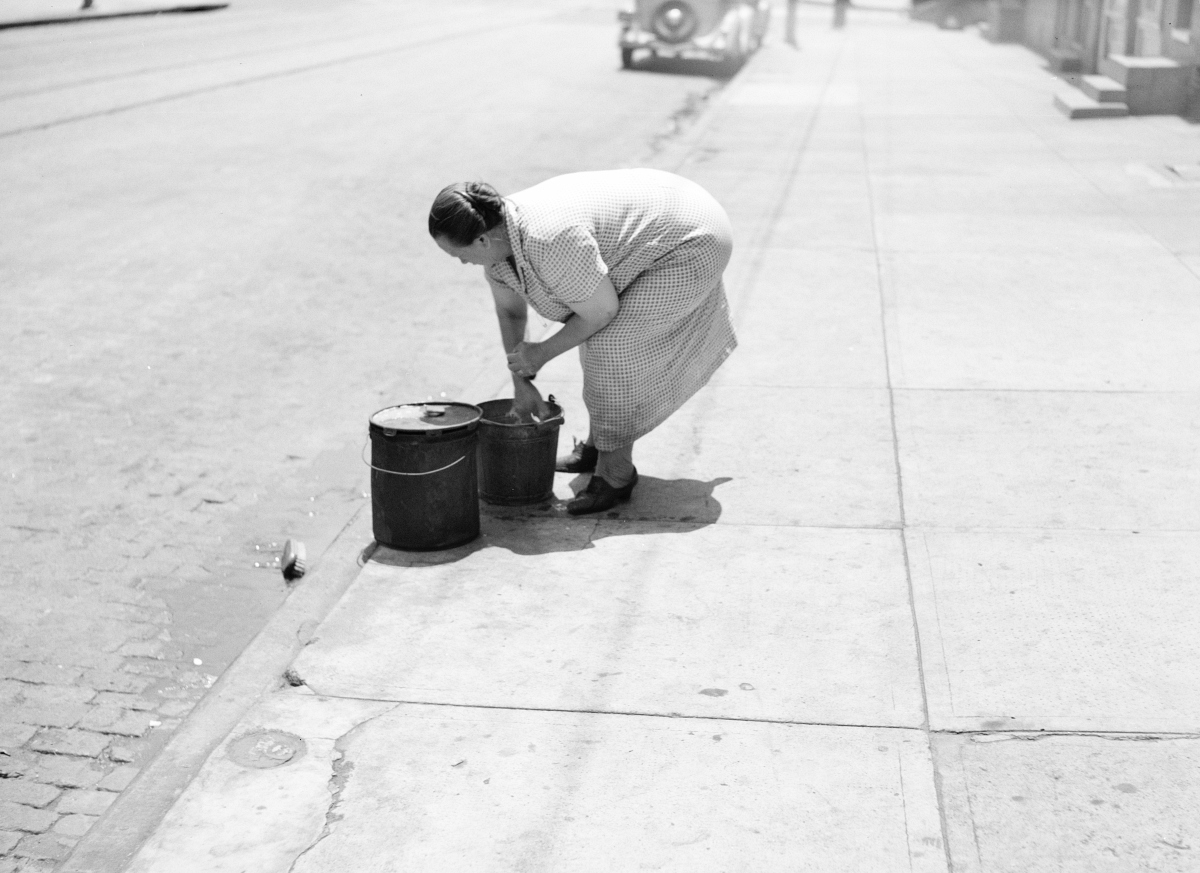
It wasn’t just sweeping off the stoop, but washing it down with soap water and a stiff brush. When it was clean many women simply dumped the waste water into the gutter. You don’t see this much these days, either!
Cleaning Up the Community
As if there wasn’t enough work to do at home many women donated their superb cleaning skills and time to local churches, clubs, and school to keep the community buildings looking good.

SKM: below-content placeholderWhizzco for DOT

